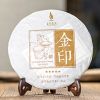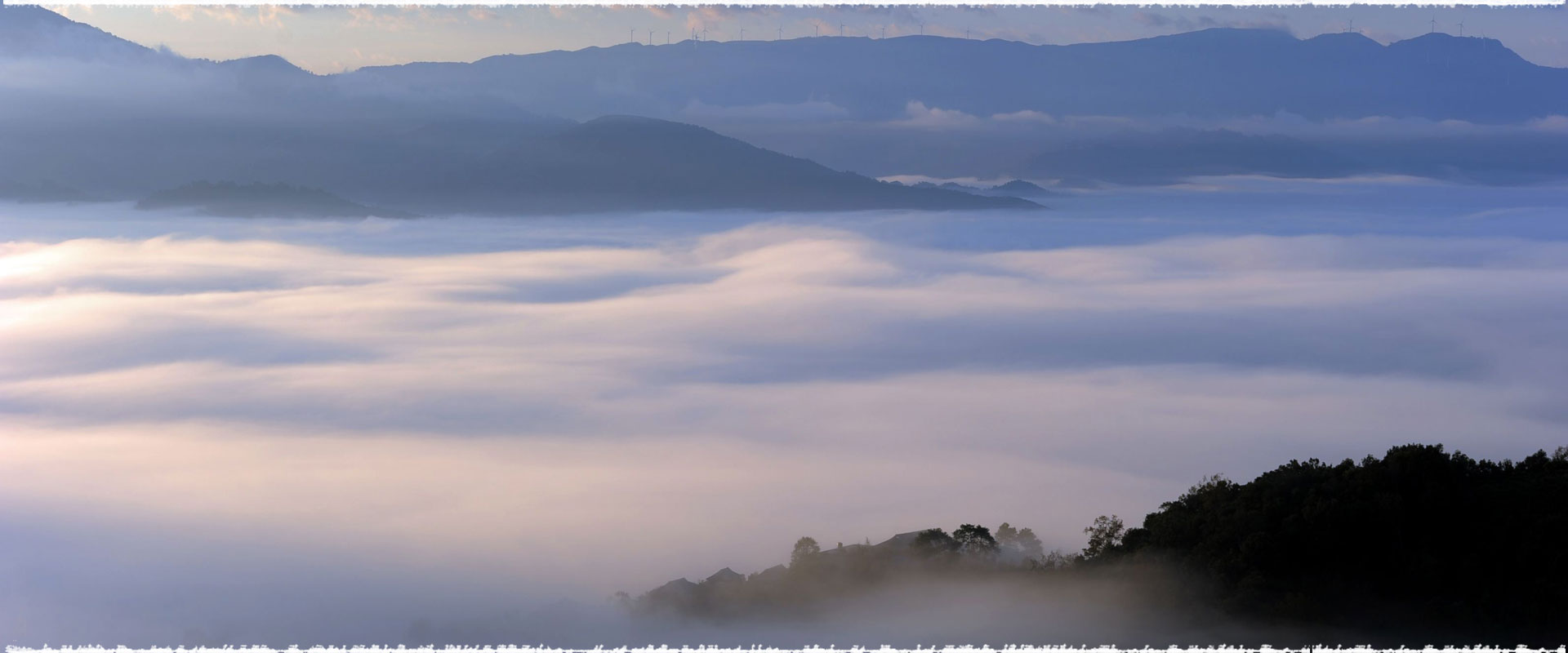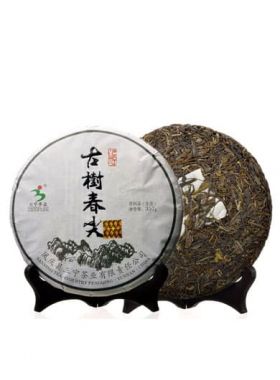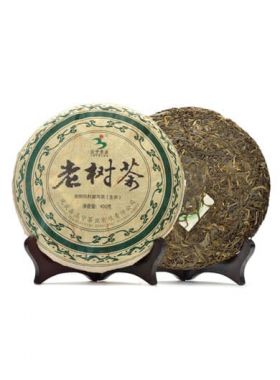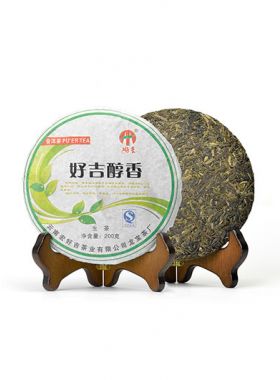-
Fast ShippingFree shipping for orders above $40
to most countries. -
Secure PaymentPay with Paypal, Credit Card …
-
Carefully SelectedFrequently Visit Tea Gardens.
Taste Repetitiously -
15 Days RefundNo Questions Asked
Refund Policy
Jingmai Single Bush Ancient Tree Raw Pu-erh Cake Tea 2018
Rich and complex with long-lasting orchid fragrance
Rich and complex with long-lasting orchid fragrance
| Origin: |
Jingmai Dazhai, Lancang County, Pu’er City, Yunnan Province, China |
|---|---|
| Harvest Time: |
Early March - April 2, 2018 |
|
Produce Date: |
April 2, 2018 |
|
Net weight: |
100g |
| Dry Leaf: |
Well-compressed cake with noticeable scent of pekoe, clear strips and fat buds & leaves accompanied by unique high-mountain and wild charm. |
| Aroma: |
The fragrance of nectar and faint orchid as well as strong high- mountain and wild charm |
| Liquor: |
Bright yellow |
| Taste: |
Smooth and sweet, with mellow taste and full-bodies texture, carrying a unique high-mountain & wild charm with long-lasting orchid fragrance; it offers a fast huigan that coats the throat with sweetness and lingering aftertaste. |
| Tea Bush: |
Yunnan large-leaf species - medium and small leaf varietal (more than 1300 years old) |
| Tea Garden: |
Jingmai Mountain Ancient Tea Area (an altitude of around 1000-1700 meters) |
| Caffeine: |
Low caffeine (less than 20% of a cup of coffee) |
| Storage: |
Store in cool, dry place away from sunlight; keep ventilated |
| Shelf Life: |
The aged the better |
Angel's Comment:
The production is scarce. It made by the tea farmer themselves of Jingmai Guzhai, which has a strong high-mountain & wild charm followed by a particularly enduring orchid fragrance.
Why is it called as single bush ancient tree?
The ‘single bush’ in this tea’s name refers to how the leaves are picked from the oldest or several oldest tea trees in an area, with each leaf picked and produced separately. The age of the tea tree is an important factor in whether the resultant tea can be considered ‘single bush’. These older trees are much richer in material, resulting in single-bush tea having a mellower, more aromatic essence than ordinary ancient-tree tea.
The aroma of this tea gradually fills the area upon being brewed. Its unique thickness can be felt at once when drunk, adding to a smooth mouthfeel and taste. The sweetness spreads throughout the entire mouth and even lingers afterwards; due to Jingmai’s trees growing in a wild environment, the flavor has an obvious high-mountain, wild note to it, and an enduring orchid fragrance that lingers in the cup.
Single-bush tea tends to have a short aging period, so upon the first few infusions this tea will have some astringency, though this quickly turns into the lasting sweetness afterwards. Throughout later aging its aroma will come out more strongly, with the tea becoming better with age.
 |
Cup Method |
 |
Chinese Gongfu Method |
 |
Teacup: 12oz / 355ml |  |
Gaiwan: 3.8oz / 110ml |
 |
203℉ / 95℃ |  |
203℉ / 95℃ |
 |
5g Tea |  |
10g Tea |
 |
Brewing time: 5 - 8 mins |  |
15 steeps: rinse, 15s, 25s, 35s, 45s, 55s, 55s, 60s, 70s, 90s, 120s, 150s, 180s, 210s, 240s, 270s |
| Rinse time is around 5 seconds |
The Jingmai Mountain Tea Area is located along the southwestern edge of Yunnan Province. It covers 10,000 acres of ancient arbor tea trees, and is the Millennium Tea Mountain of Pu-erh Tea. At an altitude of 1000-1700m above sea level the garden enjoys a calm, quiet environment, constantly enshrouded in mist and with fertile soil: the ecological environment here is of the highest quality for growing tea.
Landscape of Jingmai Mountain
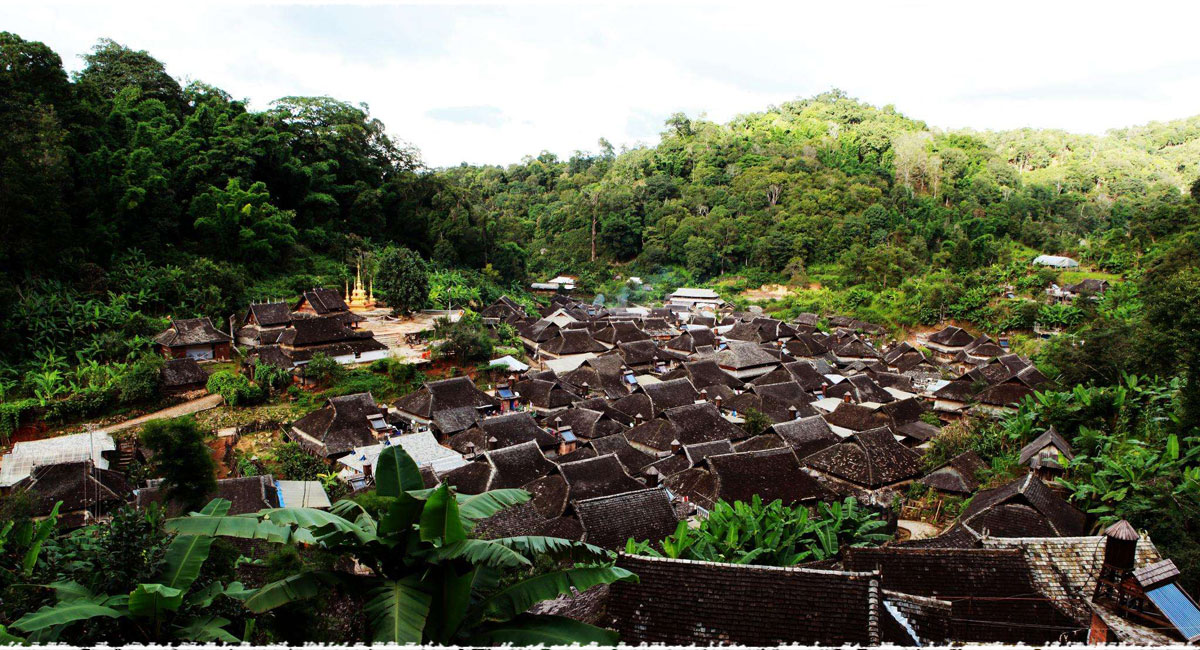
The ancient trees grow naturally in the surrounding forest, still in their ecosystem with the other plants found here. The dry branches and fallen leaves along the earth protect the organic fertilizer rich in the soil, and the diversity of animals and insects helps to eliminate pests and diseases that might plague other tea gardens. As a result, this tea garden never needs to use pesticides or fertilizers: the unique orchid fragrance of Jingmai pu-erh comes from this beautiful natural interaction.
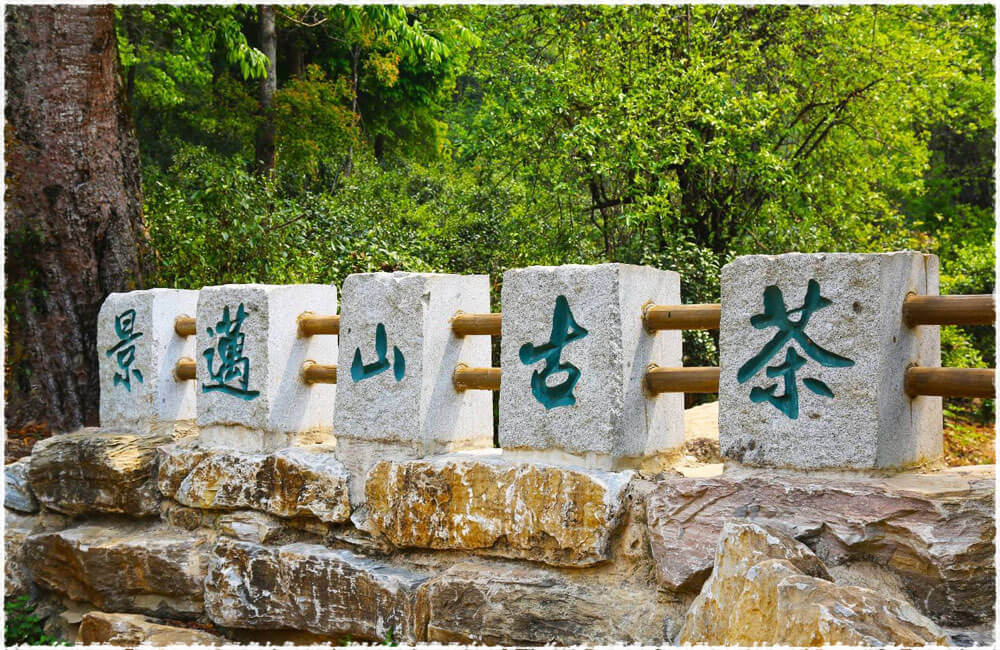
Moss, vines, wild fungi, and other things blanket the ancient tree branches here. The most famous is the Pangxie Jiao, a wild parasite unique to Jingmai Mountain ancient tea trees. It is said that it can only be found on tea trees of multiple hundreds of years of age, and that it contains a huge variety of organic compounds with high nutritional value.
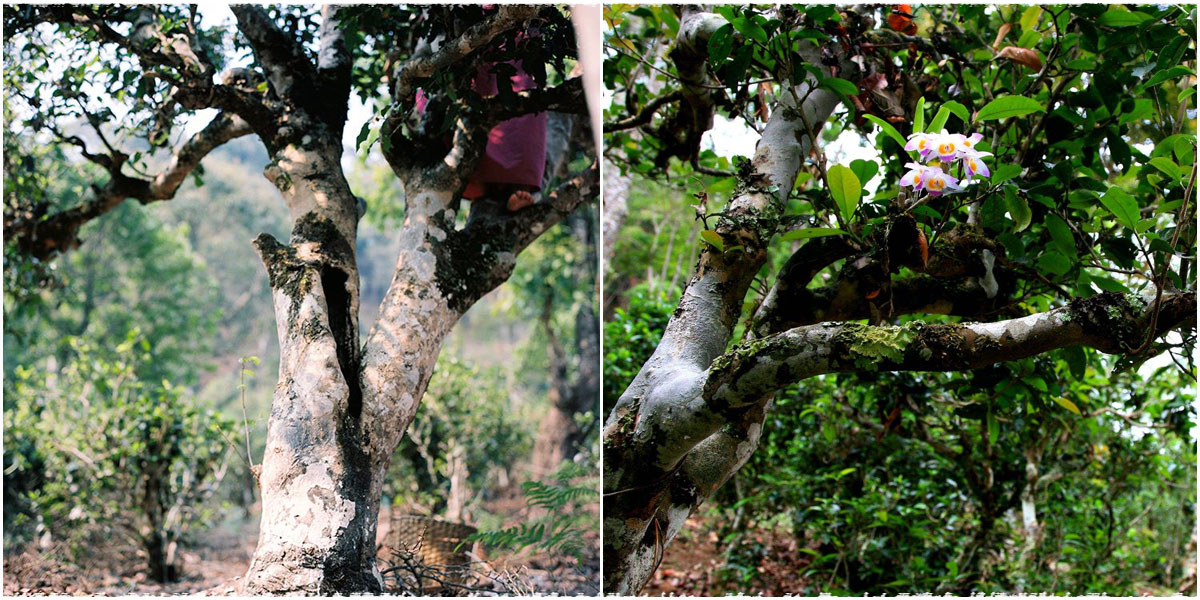
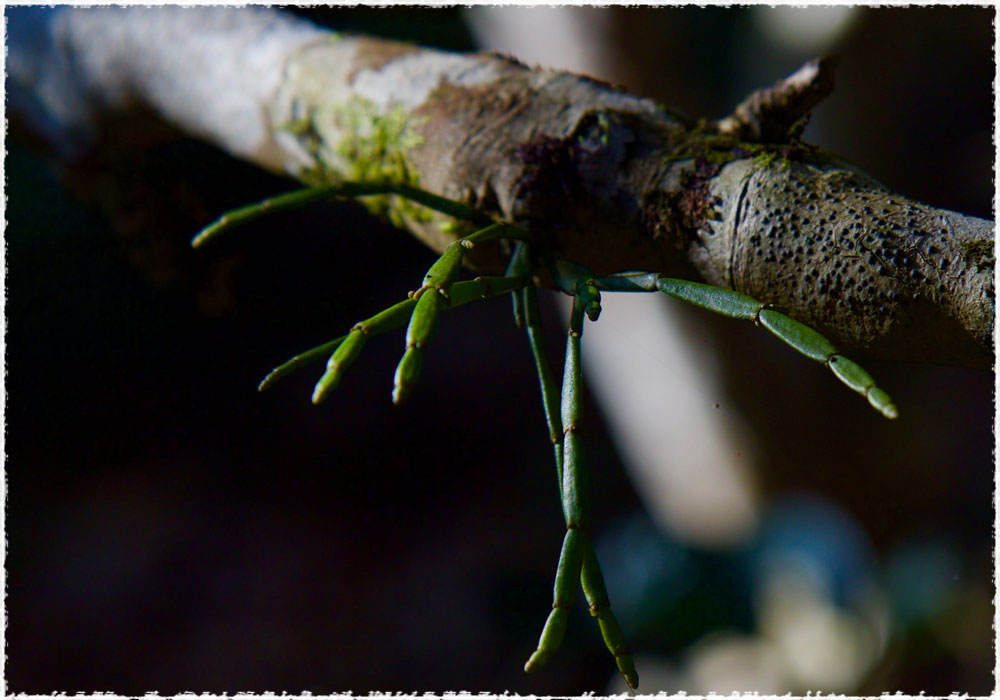
Pang Xie Jiao
The trees growing here are very tall due to their age, and as such, the leaves are scattered throughout the canopy and difficult to pick: a skilled tea maker can harvest a few pounds each day. Usually the leaves here are picked by old women, 70-80 years of age.
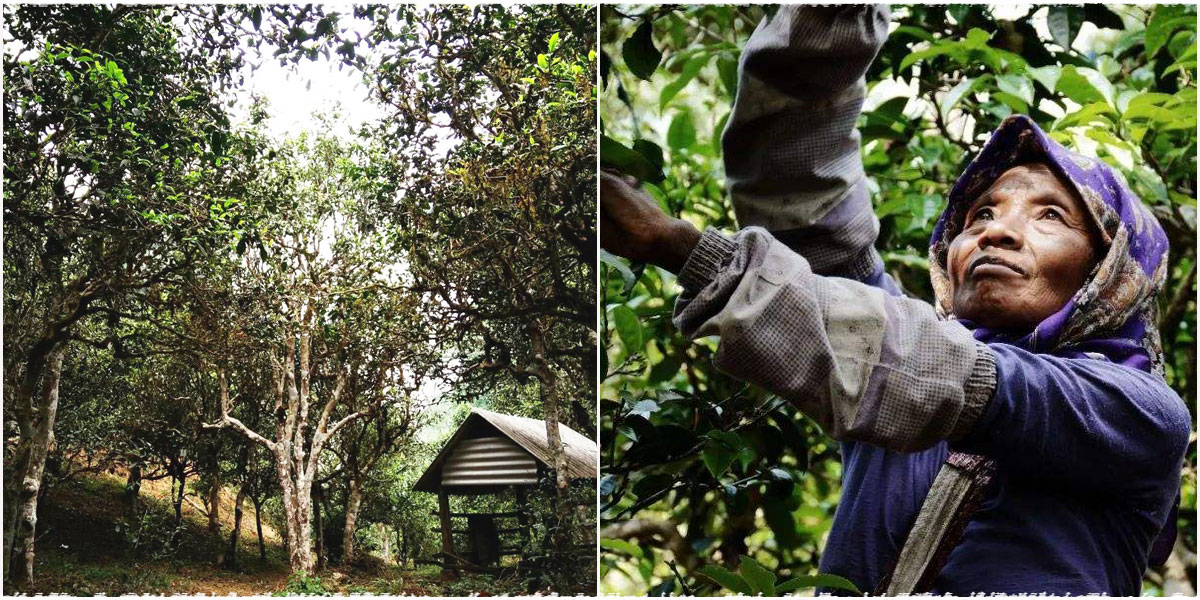
In order to help preserve the natural environment here, the roads of the mountain are paved with stones instead of asphalt.
Tea is the symbol of Jingmai. People here have lived alongside it for thousands of years, with their descendants faithfully following the traditions of planting, picking, and producing tea. Xiaoyu, a Dai girl born to a family of tea farmers, has handled the plant since she was a child; over the years as a result she has acquired a rich tea-making experience. The ancient trees of her family have been passed down along generations.
Holding to the traditional principles of making top-quality tea, she continues the processes passed down from her ancestors so that more people can know and understand the inherent quality of Jingmai ancient tea trees.
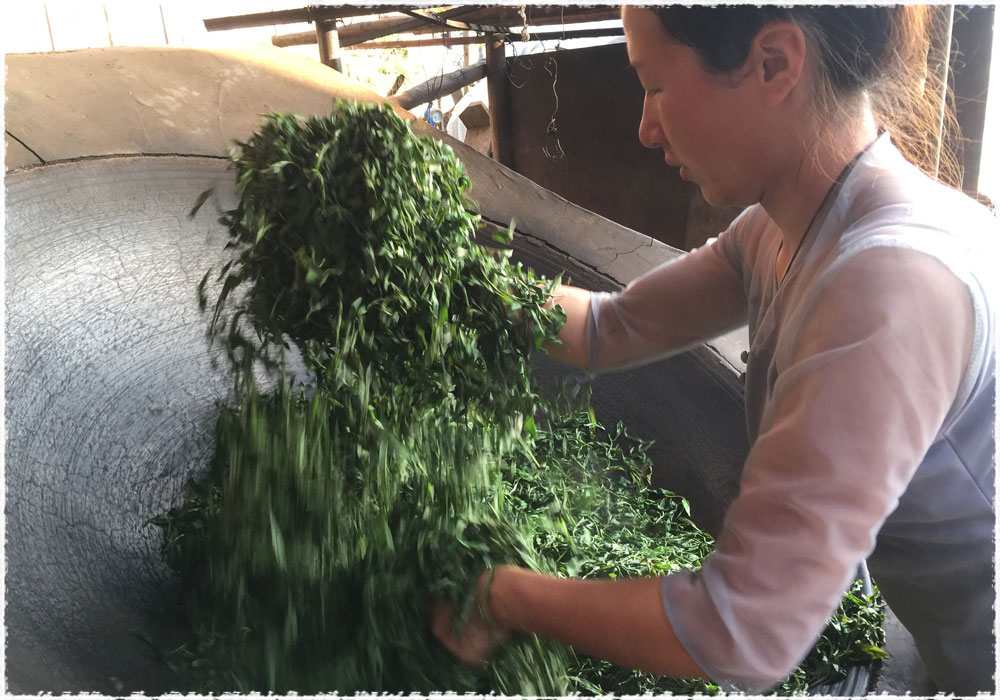
Pu’er City, formerly known as Simao, is a prefecture-level city in southern Yunnan province. The elevation here ranges between 300 and 3400m above sea level, and the entire area is home to a vast range of ancient tea trees. This city was identified as the original hometown of pu-erh, as well as the birthplace of tea as a whole. It houses a rich variety of resources, divided into three general types: original wild ancient tea trees and populations; transitive-type trees; and cultivation-type trees.
These trees grow mainly in high altitudes within ancient forests, with all of the region’s natural ecosystems well-protected to ensure and maintain quality. According to the 2007 satellite survey results, these resources cover more than 100mu in Pu’er City.
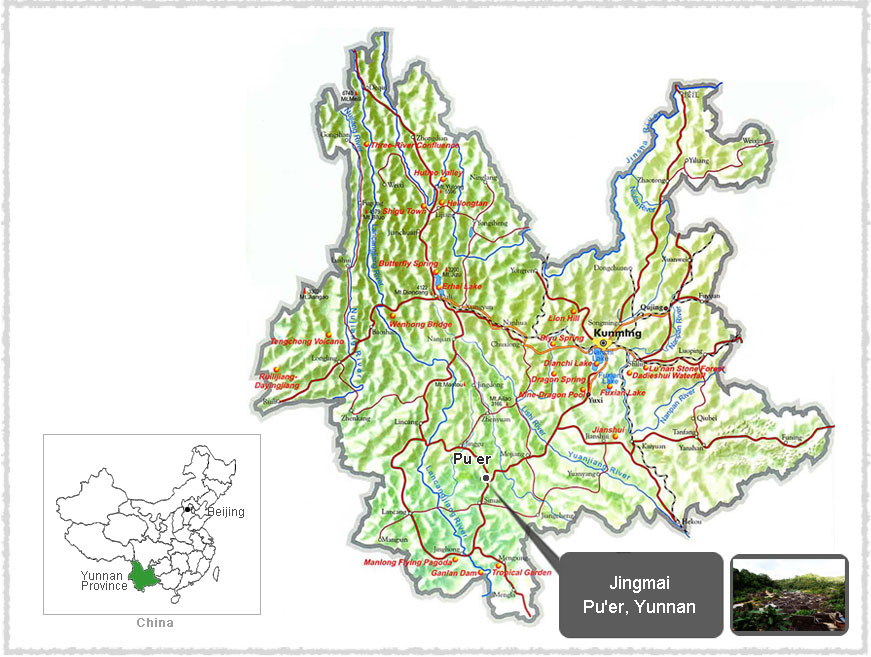
A feature of Jingmai tea is its medium- and small-leaf types. They are easier to distinguish from other varieties of tea due to this size difference. Yunnan has a unique advantage in its geography, in that its abundant rainfall and prime temperature are perfect for planting these types of trees. The leaves from these trees are abundant in polyphenols, catechins, amino acids, and caffeine.
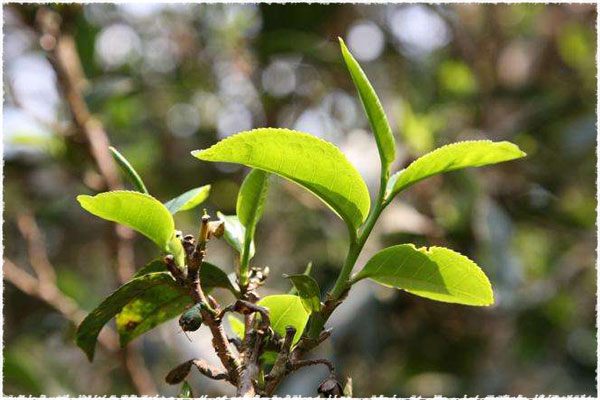
Pu-erh is one of the oldest types of tea in China with a history stretching back over 1700 years to the Eastern Han Dynasty, when the tea was called Jing Cha. It is named after the town of Pu’er in Yunnan province, which was originally the early trading center for this tea. In early history pu-erh was used as a bartering currency in southwest China, with the famed Cha Ma Gu Dao, the Tea Horse Road, being built for the purpose of transporting this tea through the Himalayas to other countries and areas in Tibet.
-
5 stars7
-
4 stars1
-
3 stars2
-
2 stars0
-
1 star0



